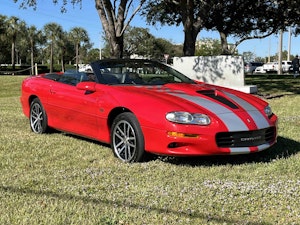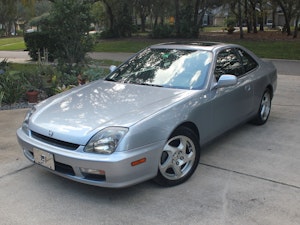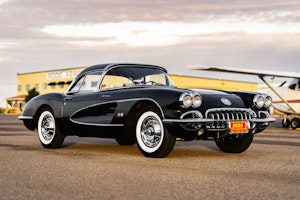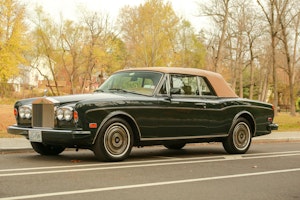100 years later, Volvo still rolling
Swedish model: Company name first registered in 1914, mass production took hold a decade later
Spurred by the success of Henry Ford, Swedish ball-bearing manufacturer SKF decided in 1914 it should think about entering the growing automobile manufacturing business.
It registered the company name of Volvo, Latin for “I roll,” but that was as far as it went until 1924, when two former SKF employees got together over a lunch meeting.
Assad Gabrielson and Gustaf Larson talked about how Swedes should have a car suitable for the local climate, using Swedish steel and bought-in-Sweden components.
Helmer Mas-Olle was commissioned to design the vehicle and engines were supplied by Pentaverken, which later became VolvoPenta. Gabrielson financed the manufacture of the first 10 prototypes and SKF agreed to bankroll the project and finance the next 1,000 cars and offered the name Volvo.
Marketplace
Buy and sell classics with confidence
The first car to leave the line was OV4, in June 1926, nicknamed ‘Jakob.’
Mass production began in 1929, with the first six-cylinder PV651, but Volvo considered April 14, 1927, as the official birthdate.
Some people consider the Volvo 100, 200 and 700 series cars of the ’60s to ’90s as old men’s cars. This old man drove them for 25 years and for one particular reason: they were built like a tank. The other feature was they were mechanically predictable, one knew that at 100,000 kilometres the water pump would require replacing and at 120,000 the master-cylinder would begin leaking.
Other than that, you were good to go. Just add fuel and gas and if repairs were required they are easy to work on. Both of my children wrote one off each in accidents but the only thing damaged was their pride and my no-claims insurance premium discount.










